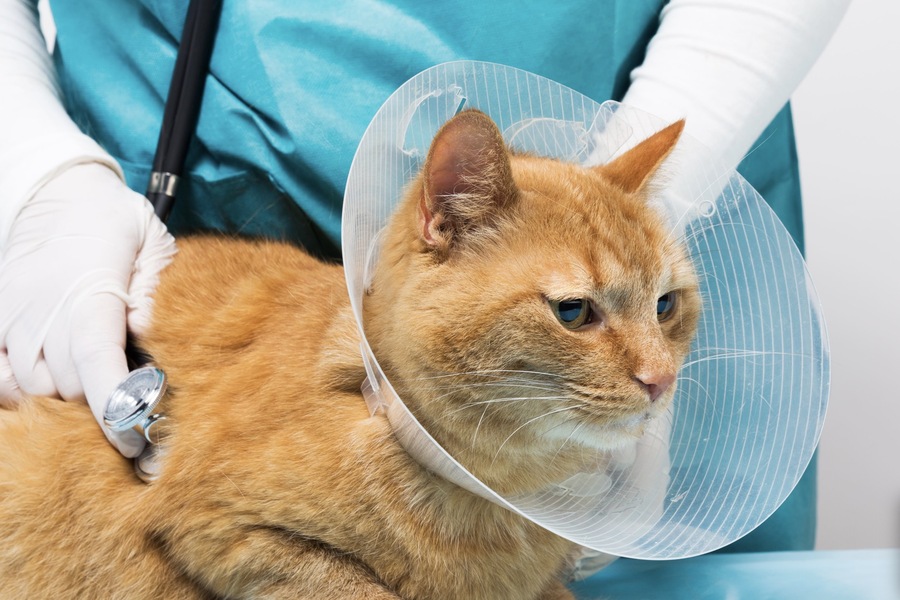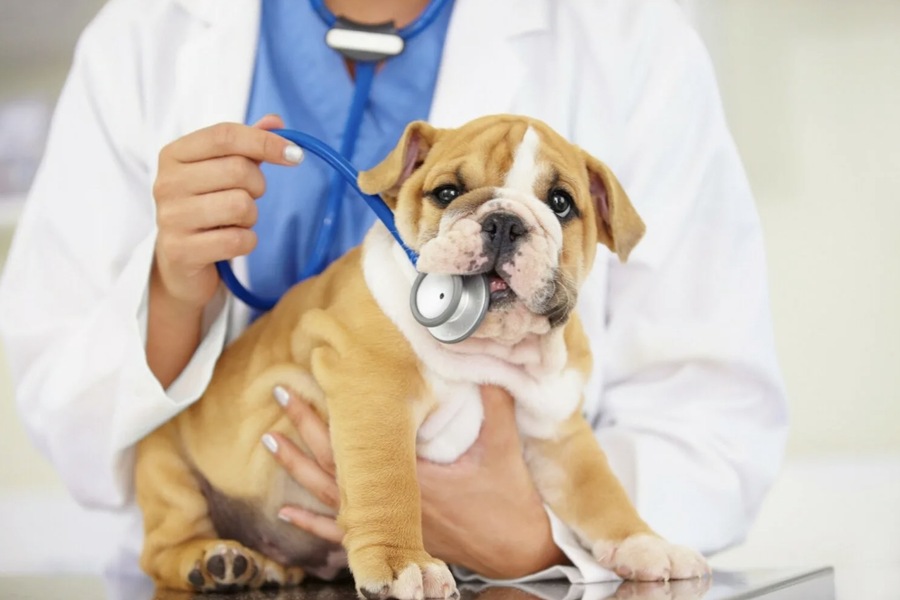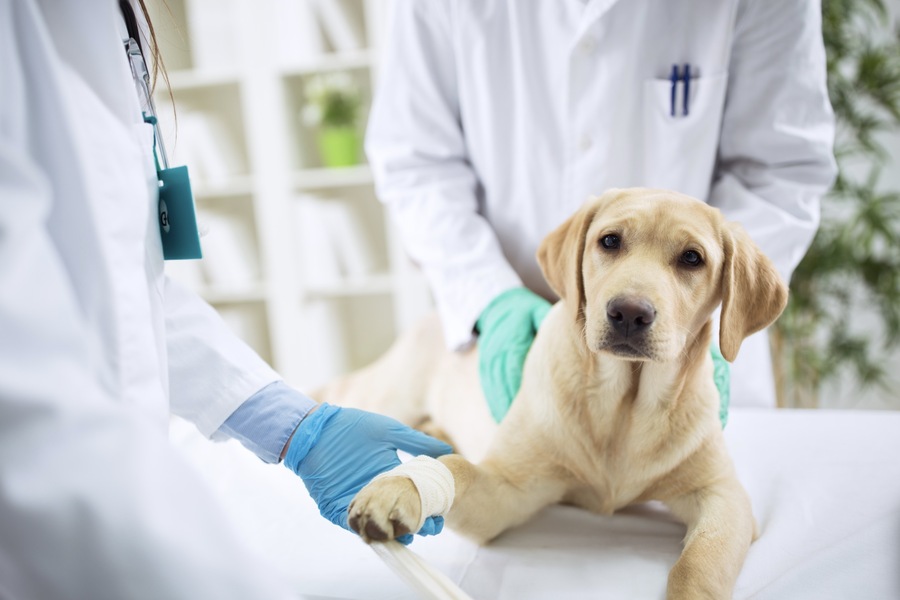The Value of Knowing About Veterinary Surgery
Pet surgery is an important event in your pet’s life, whether it’s a simple procedure like neutering or spaying or a more involved procedure like an operation. Understanding what happens before, during, and after the treatment is vital for assuring your pet’s safety and comfort. Recent advances in veterinary surgery field around the world and pet hospital Dubai have resulted in safer surgeries and quicker recovery times.
Preparing for Surgery: What to Expect
Your veterinarian will perform pre-operative assessments to ensure your pet is healthy before surgery. A complete physical examination and blood tests are typically required to assess organ function and ensure your pet is safe to be put under anesthesia. Depending on the type of surgery, X-rays and ultrasounds may be needed in addition to other diagnostic treatments.
Your veterinarian will offer instructions on preparing your pet for surgery. An empty stomach helps minimize problems, and since anesthesia can cause nausea, this usually means fasting for 12 hours before the procedure. It’s also important to discuss any medications your pet is taking, as some may need to be stopped before surgery to avoid interference with anesthesia or blood clotting.

During the Procedure: Advanced Techniques for Safety
Modern veterinary surgery is highly advanced, with many techniques that improve safety and minimize recovery time. A veterinary technician will monitor your pet during surgery, monitoring vital indicators like blood pressure, heart rate, and oxygen saturation. Strict adherence to anesthesia procedures guarantees your pet stays stable during treatment.
Veterinarians are increasingly using minimally invasive surgical methods, such as laparoscopic surgery. Due to the tiny incisions used during these treatments, healing durations are accelerated, and the danger of infection is decreased. Moreover, soft tissue procedures commonly employ CO2 lasers to reduce bleeding and encourage quicker healing.
Handling After Surgery: Making Sure You Recuperate Easily
After their procedure, your pet will be taken to a recovery area, where veterinarians will watch them while they come out of anesthesia. Post-operative care is essential to guarantee a speedy recovery. You will be given instructions on how to care for your pet at home, including administering any medications, monitoring the surgical site for signs of infection, and limiting your pet’s activity.
An Elizabethan collar, often called a cone, may be necessary during the healing phase to keep pets from biting or licking their wounds. Following your veterinarian’s recommendations on when to resume normal activities is also critical. After surgery, it is best to keep pets quiet and confined for a few days to allow the wounds to heal naturally.
Common Procedures for Pet Surgery
Pet surgery may entail straightforward procedures or may be life-saving. Orthopedic operations, such as mending fractured bones or ligaments, tooth extractions, tumor excisions, and spaying and neutering, are among the most common surgical procedures. Pre- and post-operative concerns are common with all surgeries, so heed your veterinarian’s recommendations carefully.
Post-surgical rehabilitation may be recommended to help your pet regain mobility after orthopedic surgery. Physical therapy, hydrotherapy, or massage therapy can effectively speed up recovery and improve overall outcomes, particularly for older pets or those recovering from joint surgery.

The Role of Pain Management in Recovery
Pain management is an integral part of post-operative care. Veterinarians use a combination of medications, including anti-inflammatories and opioids, to keep pets comfortable during recovery. It’s essential to administer medications exactly as prescribed, as managing pain effectively can promote faster healing and prevent complications like stress or delayed wound healing.
Some vets may also recommend natural supplements or therapies, such as acupuncture, to help with pain management, particularly in cases of chronic pain or long-term recovery from surgery.
Final Thoughts: Assisting Your Pet Before, During, and Following Surgery
Even though having a pet undergo surgery might be scary, knowing what happens during the process will help you feel less anxious and ensure your pet receives the best care possible. A successful surgical procedure depends on collaboration with your veterinarian, both during the planning stages and during your post-operative care. Thanks to the latest developments in veterinary surgery and customized post-operative care regimens, you can be confident that your pet will be back on its feet quickly.
Biker, traveler, drummer, Bauhaus fan and RGD member. Performing at the fulcrum of beauty and mathematics to craft meaningful ideas that endure. Concept is the foundation of everything else.
